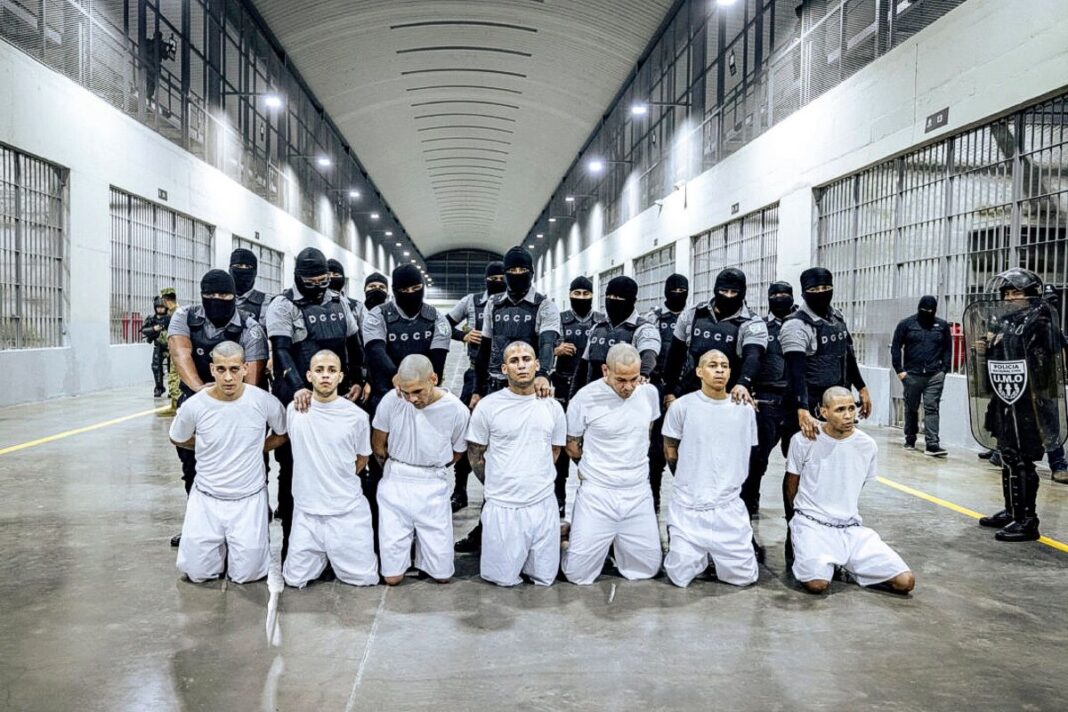Ukraine’s drone attack on Russia could bring about a wide-reaching array of reactions. Here are the key takeaways.
Ukraine’s surprise June 1 drone attack on Russia’s strategic bomber fleet has crippled a significant portion of Russia’s nuclear strike capability.
It has also become the latest obstacle in President Donald Trump’s path to resolving the three-year war.
It remains to be seen exactly how much the Ukrainian drone attack, orchestrated by Ukraine’s Security Service and codenamed “Spiderweb,” will impact the efforts to facilitate a broader peace.
Nevertheless, Trump said the surprise attack was a focal point of a Wednesday phone call he had with Russian President Vladimir Putin.
In a post on his Truth Social account following the call, Trump indicated the Russian president is in no rush to settle the conflict.
No Immediate Peace: Trump
Trump said his phone call with Putin lasted about an hour and 15 minutes.
“We discussed the attack on Russia’s docked airplanes by Ukraine, and also various other attacks that have been taking place by both sides,” Trump wrote.
“It was a good conversation, but not a conversation that will lead to immediate peace.”
Even before the June 1 attack, Trump had struggled to keep Kyiv and Moscow on the same page about the peace process.
In March, Ukrainian President Volodymyr Zelenskyy signaled his support for a U.S.-backed 30-day cease-fire plan to kickstart the broader peace process.
Putin, on the other hand, hasn’t committed to the proposal.
Moscow has declared shorter and narrower cease-fire periods, including a 30-day moratorium on attacks targeting energy facilities, and a three-day full cease-fire to coincide with the 80th anniversary of the allied defeat of Nazi Germany in World War II on May 8.
Both sides have alleged continuing violations of these limited cease-fire windows.
The June 1 Ukrainian drone attack came the day before a second round of Russia-Ukraine cease-fire negotiations were to be held in Turkey.
The June 2 talks in Istanbul lasted one hour, and representatives from both sides shared their conditions for broader peace negotiations.
By Ryan Morgan and Andrew Thornebrooke







